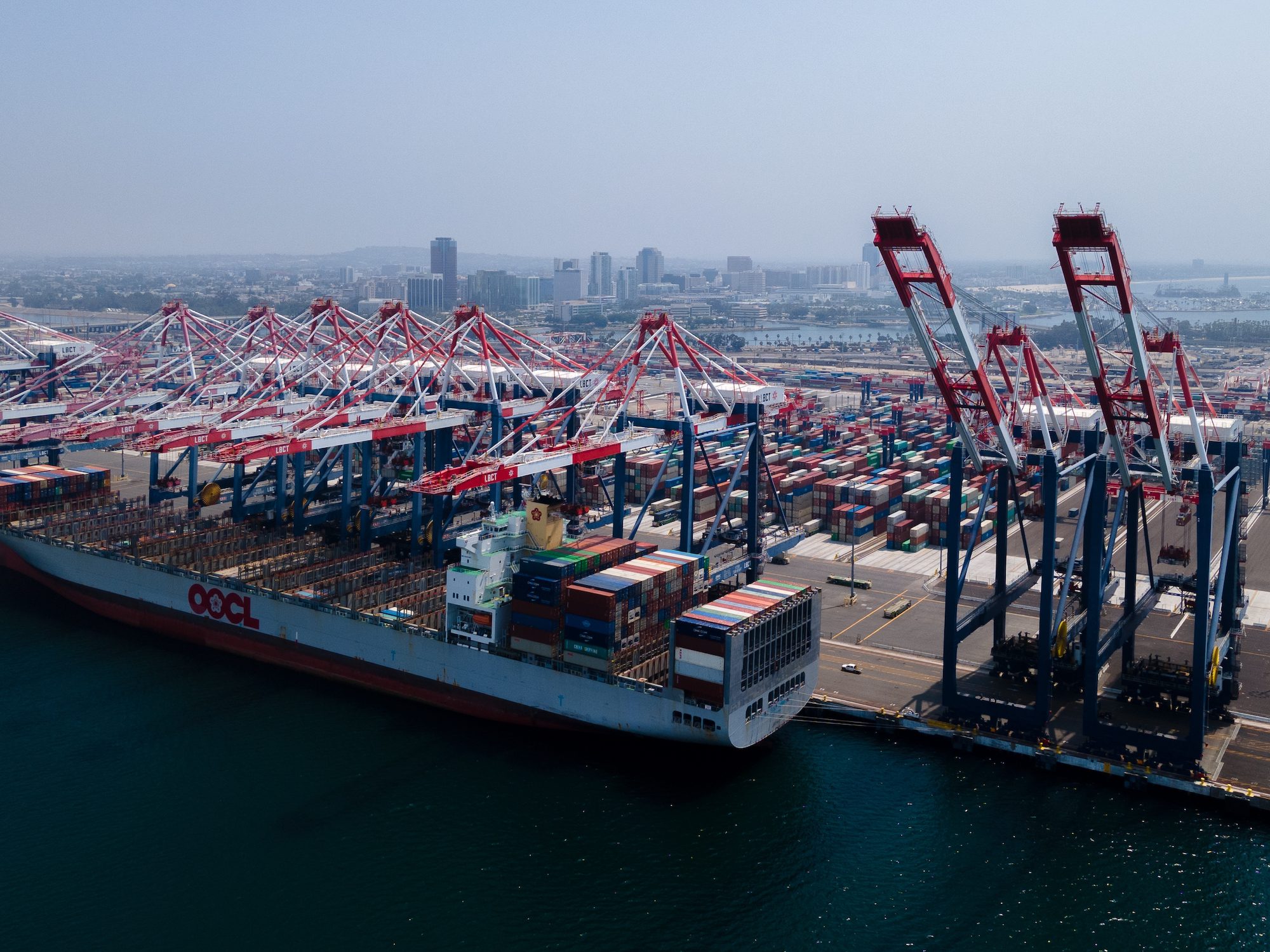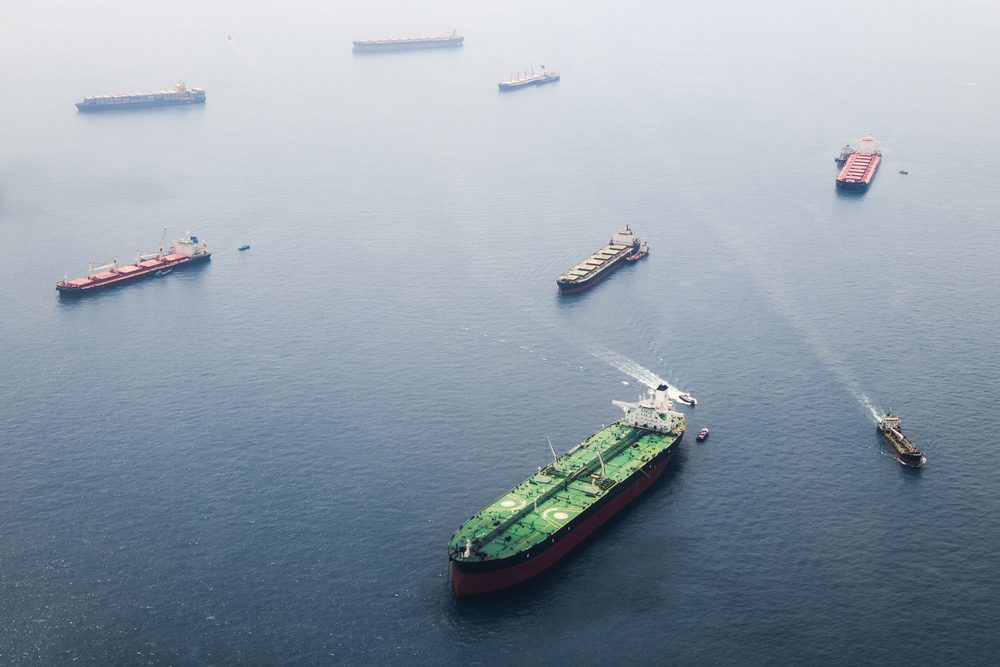Chinese Premier Li Qiang has signed a State Council decree revising regulations on international maritime transport that will enable China to take countermeasures against countries imposing discriminatory restrictions on Chinese shipping operators.
According to the decree, which went into effect on Sunday, “China will take necessary countermeasures against countries or regions that impose or support discriminatory bans, restrictions, or similar measures targeting Chinese operators, vessels, or crew engaged in international maritime transport and related services.”
These countermeasures will be enacted unless relevant treaties or agreements offer “adequate and effective remedies,” the decree states.
The timing is significant as the US Trade Representative’s port fee policy targeting Chinese vessels is set to take effect on October 14, now just two weeks away.vThe USTR plan, announced in April, will impose fees on Chinese vessel owners and operators starting at $50 per net ton, increasing annually to reach $140 per net ton by 2028.
For a typical Chinese-operated container ship of about 50,000 net tons—common in COSCO and OOCL’s transpacific fleet—this represents an initial fee of $2.5 million per voyage, eventually escalating to $7 million per voyage by 2028.
Financial analysts project devastating implications for Chinese carriers. HSBC forecasts that COSCO could incur approximately $1.5 billion in annual port fees, representing 74% of its projected 2026 operating profit, while Orient Overseas Container Line faces an estimated $654 million in fees, equivalent to 65% of its forecasted earnings.
The new Chinese regulations also require operators of international shipping trading platforms to submit information to Chinese transport authorities.
Chinese shipping companies are already exploring various mitigation strategies. According to HSBC, these include leveraging Ocean Alliance partnerships with non-Chinese carriers like CMA CGM and Evergreen, developing services that bypass US ports entirely through transshipments from Canada, Mexico, or the Caribbean, and potentially delaying the scrapping of older non-China built vessels.
The leasing subsidiaries of at least two large Chinese banks have also been in talks with the National Financial Regulatory Administration about converting shipping leases into mortgages as a potential safeguard against the US levies.
Despite the challenges ahead, COSCO has publicly affirmed its commitment to maintaining “stable and reliable services” in the United States, stating that while “the port service fees may pose certain operational challenges, COSCO SHIPPING Lines remains confident in our ability to ensure stable and reliable services.”

 Join The Club
Join The Club











